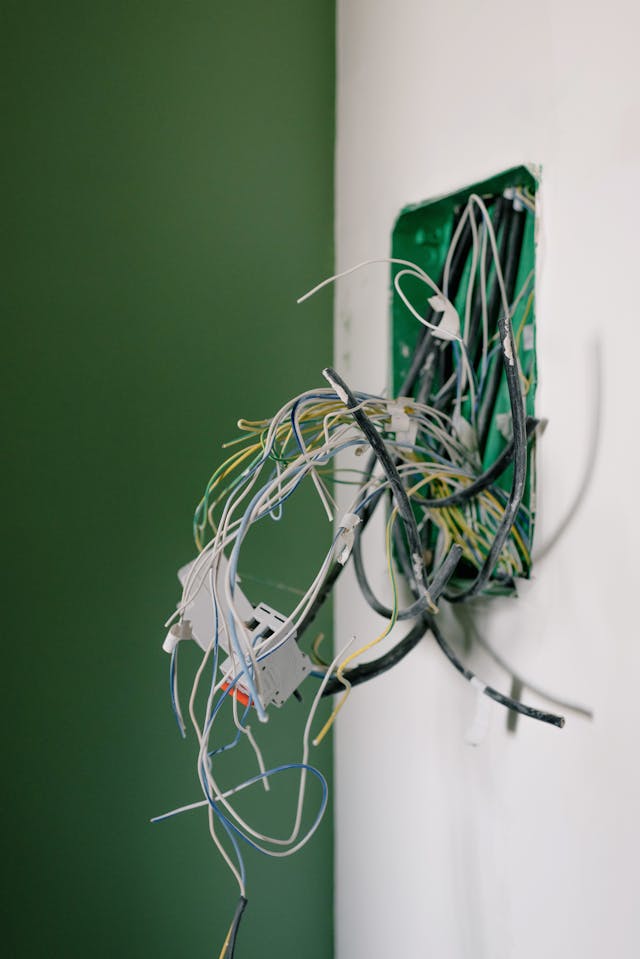Wiring in older homes can be a complex and delicate task. While these properties often charm buyers with their character and history, behind the walls may lie outdated or hard-to-reach electrical systems that pose safety risks and functional challenges. Electricians tackling these jobs must navigate a unique set of obstacles to ensure compliance, safety, and efficiency. For homeowners, it’s important to understand what these challenges are and how the right expertise – such as from underground electrical specialists – can make all the difference.
Restricted Access Spaces
One of the most common difficulties in older homes is limited access to critical areas like ceiling cavities, crawl spaces, and underfloor zones. Narrow entry points and tight spaces make it difficult to run new cabling or replace old wiring without significant disruption. This often requires creative problem-solving to complete work without causing unnecessary structural damage.
Outdated Wiring Systems
Many older properties still contain wiring systems that are decades old, such as cloth-insulated or knob-and-tube wiring. These systems are not only inefficient but can also be hazardous, increasing the risk of electrical fires. Replacing or upgrading outdated wiring in confined spaces takes careful planning, as new systems must be installed to modern standards while minimising disturbance to the property’s existing structure.

Hidden Deterioration
With limited visibility in older homes, wiring issues often go unnoticed until renovation or repair work begins. Electricians may uncover frayed wires, corroded junctions, or damaged insulation. These hidden issues require immediate attention, but fixing them in areas with limited access can extend the scope and cost of the project.
Compliance with Modern Standards
Electrical standards and building codes have advanced significantly over the decades. Rewiring an older home involves more than replacing wires—it requires ensuring the entire system is safe and compliant with current regulations. This includes the installation of residual current devices (RCDs), adequate earthing, and appropriate circuit breakers, all of which can be tricky to retrofit in a home not originally designed for them.
Heritage and Structural Considerations
Some older homes may have heritage overlays or unique architectural features that limit how much work can be done. Electricians must work carefully to avoid damaging original finishes, ornate plasterwork, or timber structures. This often involves finding discreet pathways for wiring or considering less invasive techniques to preserve the character of the property.

The Value of Specialist Expertise
Given these challenges, homeowners should rely on electricians with experience in handling difficult or complex wiring jobs. Whether it’s navigating confined spaces, updating outdated systems, or planning underground connections, the right professionals ensure the work is completed safely and efficiently. Engaging underground electrical specialists can also provide solutions when re-routing wiring beneath the property is the most practical option.
Final Thoughts
Rewiring an older home isn’t just about replacing what’s there—it’s about blending safety, compliance, and respect for the property’s character. With the right expertise, even homes with the most challenging access restrictions can be modernised without compromising their charm.





